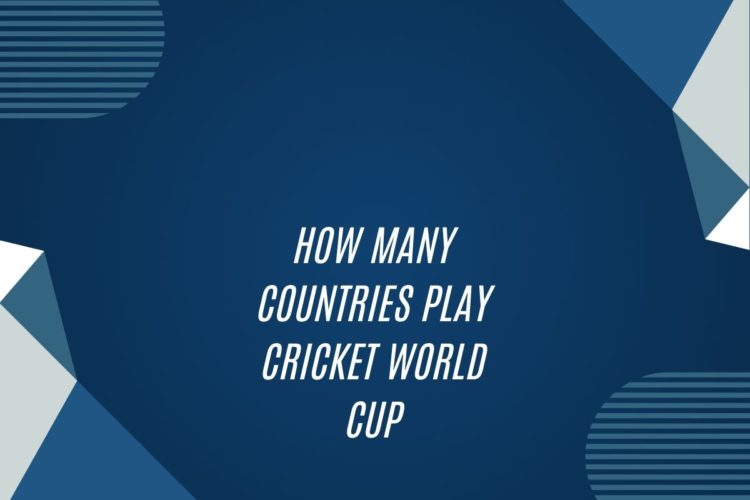Countries Participating in Cricket World Cup
Australia, India, England, and Pakistan are among the prestigious cricketing nations that regularly participate in the Cricket World Cup. These teams have a rich history in the sport and boast of passionate cricket fans who eagerly support them during the tournament. Additionally, teams from countries like South Africa, New Zealand, Sri Lanka, and the West Indies bring their own unique flair to the competition, making the event a truly global celebration of cricket.
In recent years, emerging cricketing nations such as Afghanistan and Ireland have also earned their place in the Cricket World Cup, showcasing the growth and development of cricket across the world. These teams have displayed remarkable talent and determination on the international stage, proving that cricket is a sport that continues to spread its roots far and wide. The inclusion of such teams adds diversity to the tournament and reflects the expanding reach of cricket beyond its traditional strongholds.
Eligibility Criteria for Cricket World Cup Participation
To be eligible for participation in the Cricket World Cup, a player must hold citizenship of the country they are representing. This requirement ensures that players have a genuine connection and loyalty to the nation they are playing for, fostering a sense of pride and unity among team members. Additionally, players must adhere to the regulations set by the International Cricket Council (ICC), which govern the conduct and eligibility of participants in the tournament.
Apart from citizenship requirements, players must also meet certain performance criteria to qualify for the Cricket World Cup. This includes having a minimum number of international appearances and demonstrating a certain level of skill and competence in the sport. These performance standards help to ensure that only the most talented and experienced players compete in the prestigious tournament, maintaining the high level of competition and excitement that fans around the world have come to expect from the Cricket World Cup.
History of Cricket World Cup
The Cricket World Cup was first held in 1975 in England, making it the oldest international cricket tournament in the world. The inaugural event saw only eight teams participating, with the West Indies emerging as the champions, led by the legendary Clive Lloyd. Since then, the tournament has grown in terms of both the number of participating teams and its global significance in the cricketing world.
Over the years, the Cricket World Cup has witnessed many iconic moments that have imprinted themselves in the pages of cricketing history. From India’s stunning underdog triumph in 1983 under the captaincy of Kapil Dev to Australia’s dominance in the late 1990s and early 2000s, the tournament has been a stage for showcasing talent, grit, and sportsmanship on a global scale. The evolution of the Cricket World Cup mirrors the growth and popularity of cricket as a sport across continents and cultures, solidifying its status as one of the most prestigious and eagerly anticipated events in the world of sports.
Format of Cricket World Cup
The Cricket World Cup is a premier international tournament that sees the world’s top cricketing nations competing for the ultimate glory in the sport. The format of the Cricket World Cup has evolved over the years to ensure a fair and competitive event that captivates fans worldwide.
In the current format, the Cricket World Cup features a round-robin group stage where all participating teams play against each other. This is followed by knockout stages, including quarter-finals, semi-finals, and ultimately the highly anticipated final match. The format ensures that each team has a challenging path to the coveted title, making every game crucial and exciting for players and spectators alike.
Impact of Cricket World Cup on Global Cricketing Community
The Cricket World Cup holds immense significance in shaping the global cricketing landscape. The tournament serves as a platform for both established and emerging cricketing nations to showcase their talent on an international stage. This exposure not only helps in the growth and development of cricket in these countries but also fosters a sense of unity and camaraderie among cricketing communities worldwide.
Moreover, the Cricket World Cup acts as a catalyst for promoting the sport in non-traditional cricketing nations, leading to a wider expansion of the game. The competitive spirit and excitement generated by the tournament captivates audiences from diverse backgrounds, transcending borders and bringing people together through their shared passion for cricket. As a result, the Cricket World Cup plays a pivotal role in promoting inclusivity and diversity within the global cricketing community.























